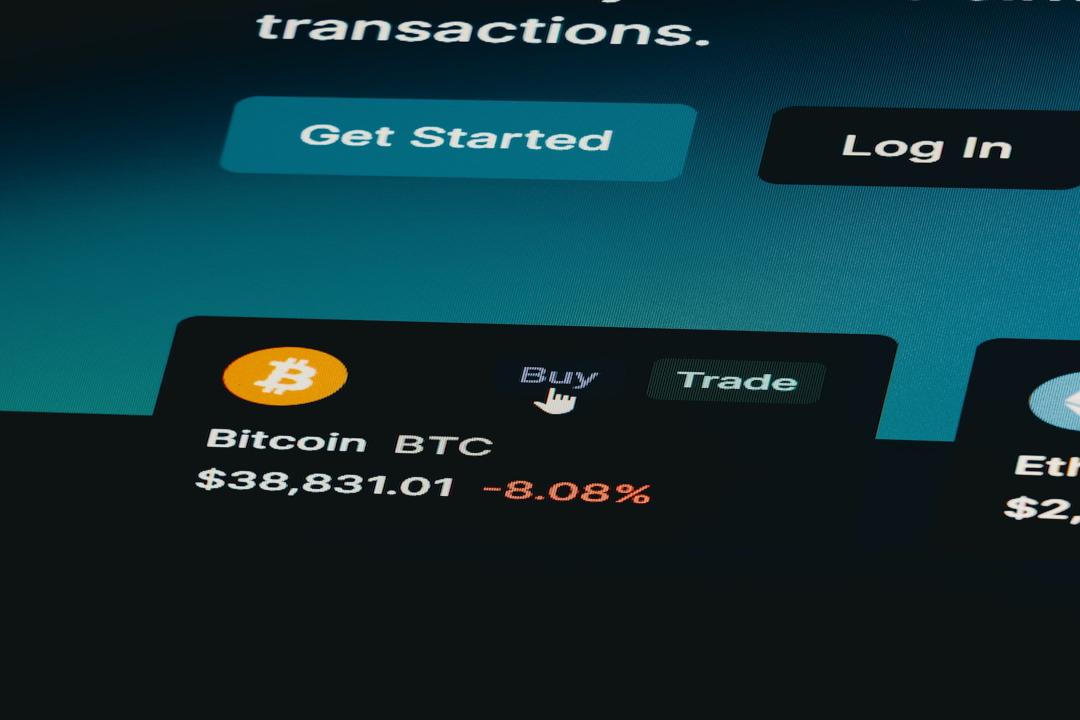What Happened?
The Chicago Mercantile Exchange (CME Group) recently announced the launch of Solana futures trading, marking a significant step towards the application and approval of a SOL spot ETF. This has excited many industry professionals.
Since its inception in 2020, Solana has traversed a turbulent five years. During this not-so-short period, Solana has experienced everything from its dazzling rise as an “Ethereum killer” to the brutal blows of the bear market and the FTX collapse, followed by a stunning rebound during the meme coin craze.
Chicago Mercantile Exchange Announces the Launch of Solana Futures Trading
The Chicago Mercantile Exchange (CME Group) has announced the launch of Solana futures trading, bringing Solana one step closer to the dream of a SOL spot ETF as it celebrates its five-year anniversary.
Matthew Sigel, Head of Digital Assets Research at VanEck, congratulated the news on social platform X, stating, “A significant step towards the SOL ETF.”
One sizable step closer to a SOL ETF
https://t.co/KpoQErX0jO
— matthew sigel, recovering CFA (@matthew_sigel) March 17, 2025
Chris Chung, founder of Solana exchange platform Titan, pointed out that the launch of a regulated SOL futures market indicates that Solana, as an asset, is maturing. This makes it easier for regulatory bodies to approve similar financial products with similar risks and types.
Chris optimistically noted, “Last year, the idea of a Solana ETF was ridiculed by many. This year, we’ve seen a huge leap in the U.S. regulatory stance on cryptocurrencies. Now, it’s only a matter of time before North America and Canada approve a series of alternative coin ETFs. After that, Solana will truly be mainstream.”
Currently, at least 13 SOL spot ETF products are awaiting approval from the U.S. Securities and Exchange Commission (SEC). Although the SEC has been cautious in approving cryptocurrency ETFs in the past, with the launch of Solana futures trading and the increasing market recognition of Solana, combined with the appointment of cryptocurrency supporter Paul Atkins to lead the SEC after Trump took office, the launch of a Solana ETF is becoming increasingly anticipated by the market.
Solana Turns Five! What Has It Gone Through?
Solana’s blockchain officially went live on March 16, 2020, marking its five-year anniversary. Since its launch, Solana has rapidly risen to become one of the world’s leading Layer-1 blockchains due to its fast and low-cost transaction features. During this period, Solana has gone through a journey from its dazzling rise as the “Ethereum killer” to the devastating blows of the bear market and FTX collapse, followed by a stunning rebound during the meme coin craze.
As of now, Solana has processed over 408 billion transactions, with decentralized exchange (DEX) trading volume nearing $1 trillion.
The origin of Solana can be traced back to 2017, when founder Anatoly Yakovenko proposed the revolutionary “Proof of History” technology, bringing a fresh perspective to the blockchain world. Later, during the COVID-19 pandemic in 2020, Solana officially launched, receiving support from firms such as Multicoin Capital.
During the 2020-2021 bull market, Solana quickly attracted attention due to its lightning-fast speed and low transaction fees. Its market value surged to $77.8 billion, earning it the nickname “Ethereum killer” and garnering support from industry figures, including FTX exchange founder Sam Bankman-Fried (SBF), who was one of its biggest supporters.
However, fate took a dramatic turn in 2022 when the crypto winter arrived, and Solana was hit harder than ever. The bear market, combined with the FTX exchange collapse, dealt a heavy blow to Solana. Since FTX held a significant amount of Solana tokens, its bankruptcy led to a sharp price drop for Solana.
The once-promising star fell overnight, losing its market value and leaving many investors disheartened.
Solana’s Phoenix Rebirth and Return to Glory
However, just as people thought Solana was about to fall, it demonstrated remarkable resilience. In 2023, an unexpected meme coin craze brought Solana a turning point.
Meme coins such as Bonk (BONK) and Dogwifhat (WIF) rapidly gained popularity on Solana, driving up Solana’s trading volume and market value. Notably, the rapid market capitalization surge of the Trump meme coin (TRUMP) highlighted Solana’s leading position in the meme coin space. At the same time, Solana became the third-largest blockchain for stablecoin adoption, following Ethereum and TRON.
Solana rose from the ashes like a phoenix, making a stunning comeback to its former glory.
Additionally, Solana launched the crypto phones Saga and Seeker, further expanding its ecosystem. Although Solana’s phones still lag behind mainstream phones in terms of technology, their unique encryption features and meme coin airdrop strategies attracted a large user base.
With Trump recently announcing the inclusion of Bitcoin (BTC), Ethereum (ETH), and Solana, among other cryptocurrencies, in the digital reserve, Solana’s position has been further elevated.
Over time, Solana has gradually shed its meme coin label and begun to showcase its broader potential. The launch of futures trading and the growing calls for ETFs indicate that Solana is maturing and entering the radar of mainstream investors. It is no longer just a playground for speculators but a blockchain platform with practical application value.
Solana’s technological advantages and its ever-growing ecosystem give it immense potential in the cryptocurrency market. In the future, Solana is expected to continue innovating in areas such as meme coins, DeFi, and NFTs, and play a more significant role in the U.S. cryptocurrency market.
References: The Block, Cointelegraph

